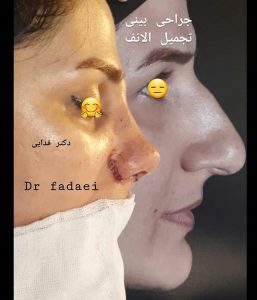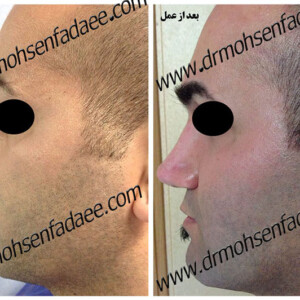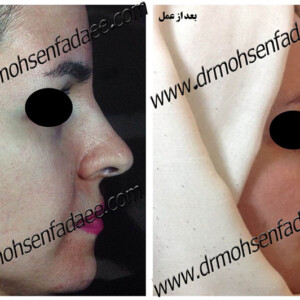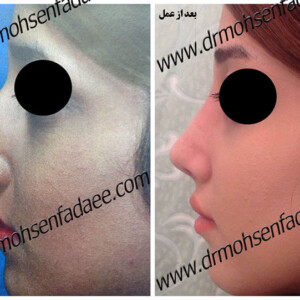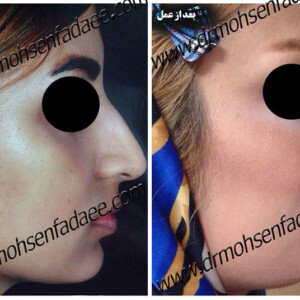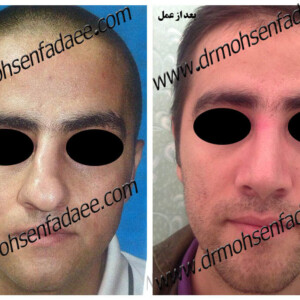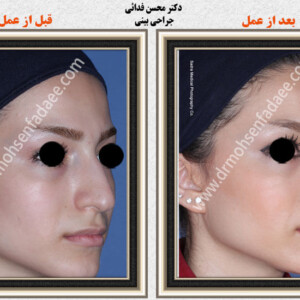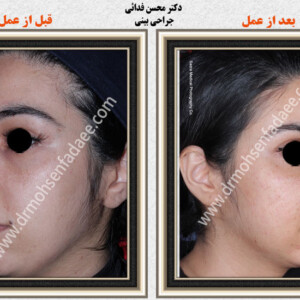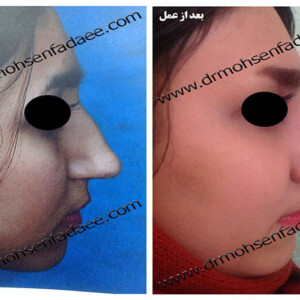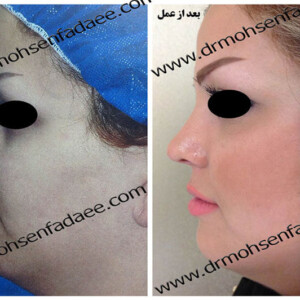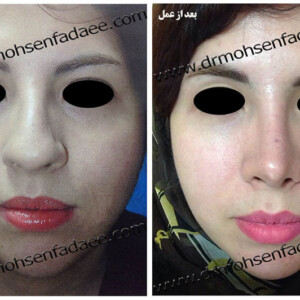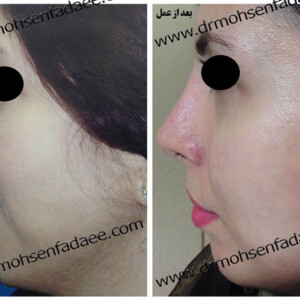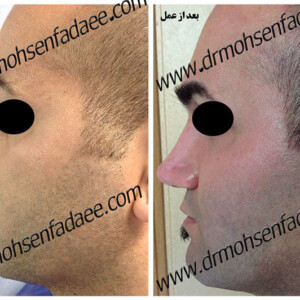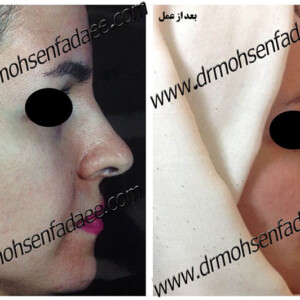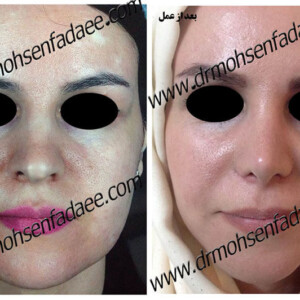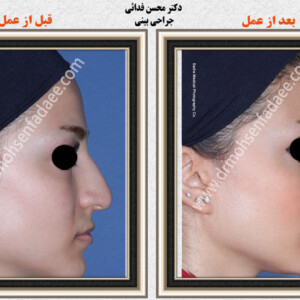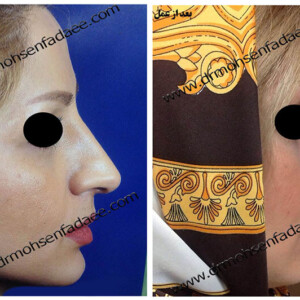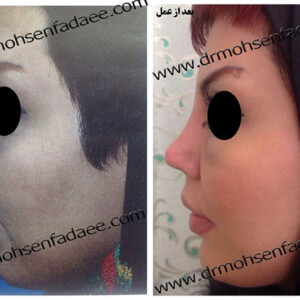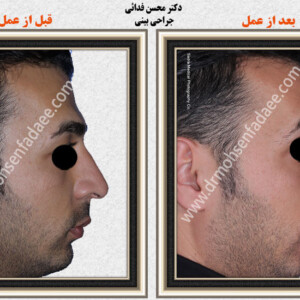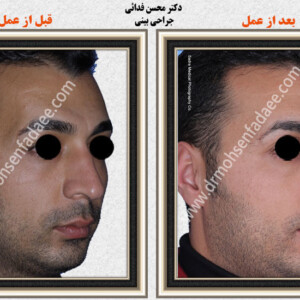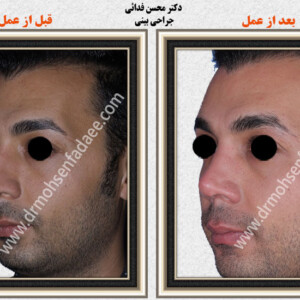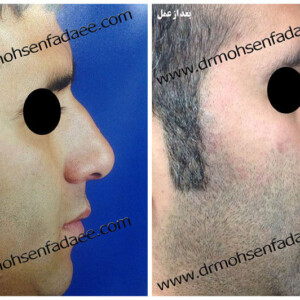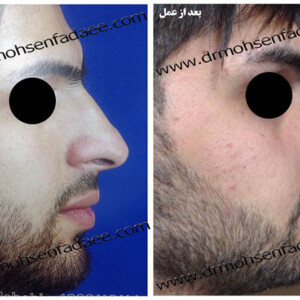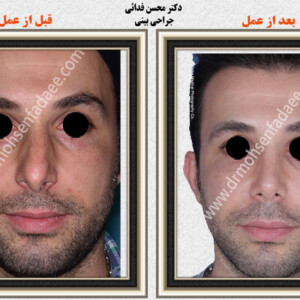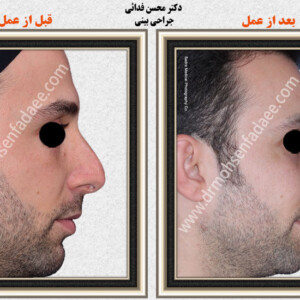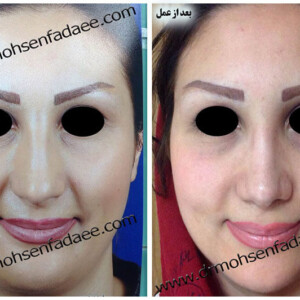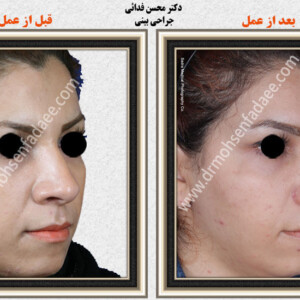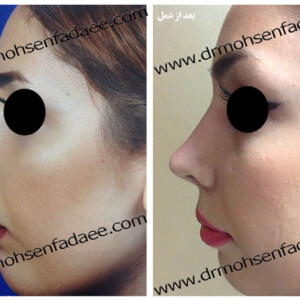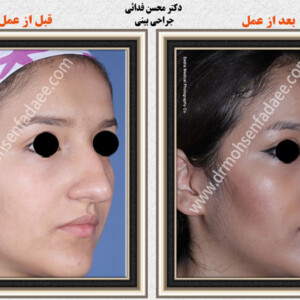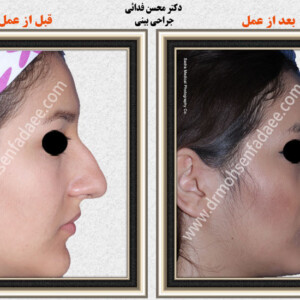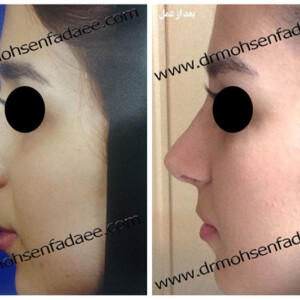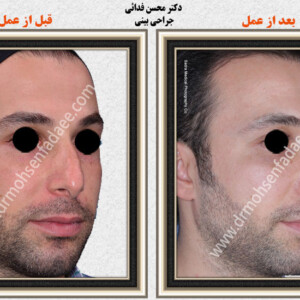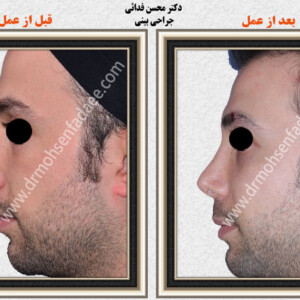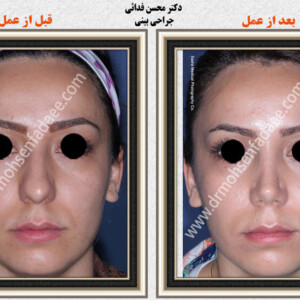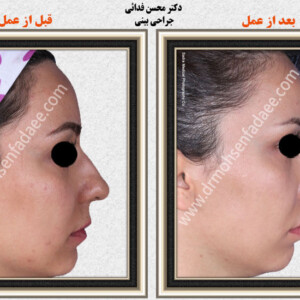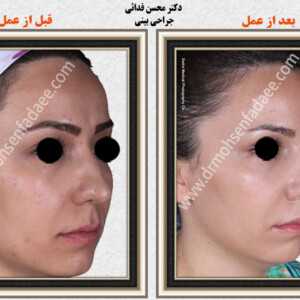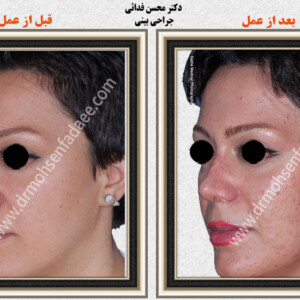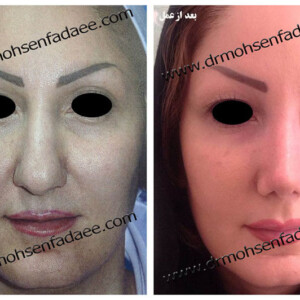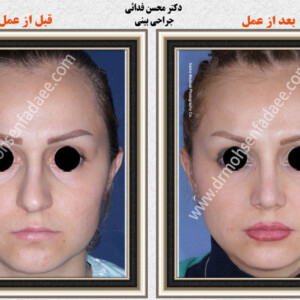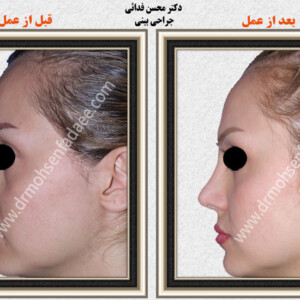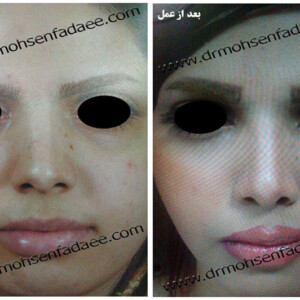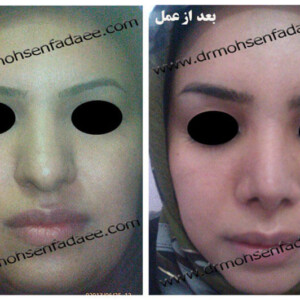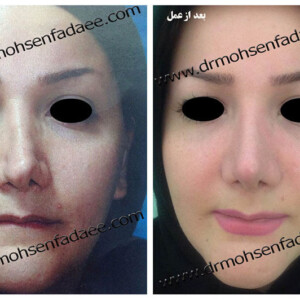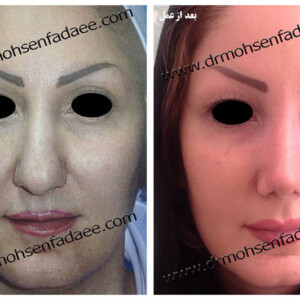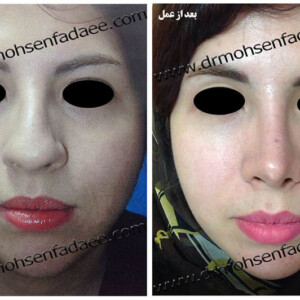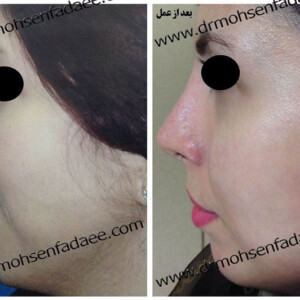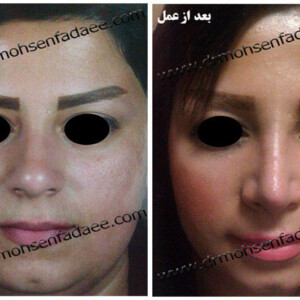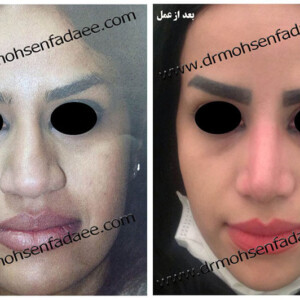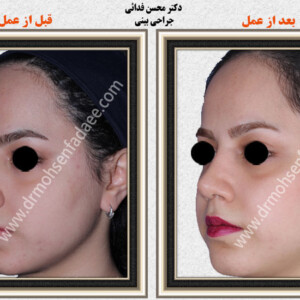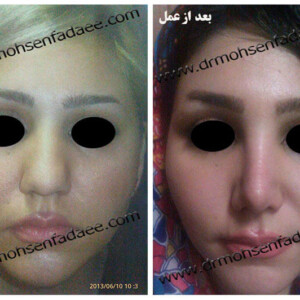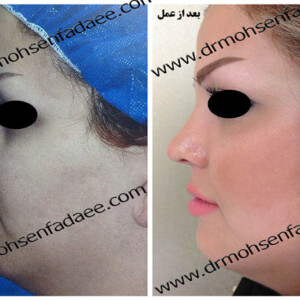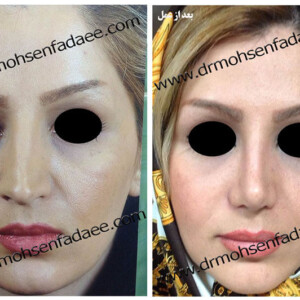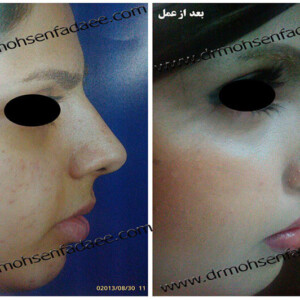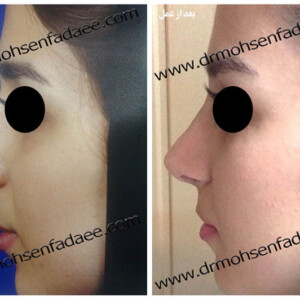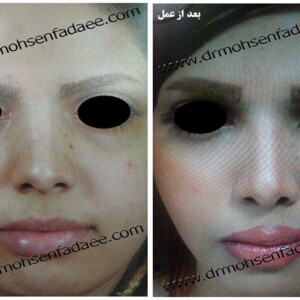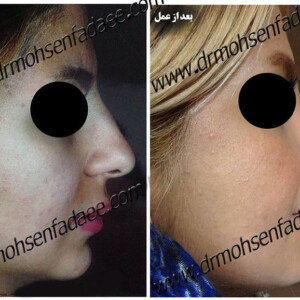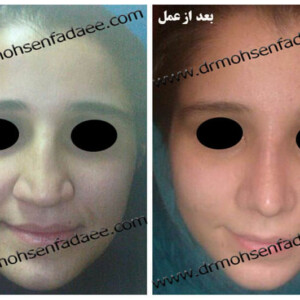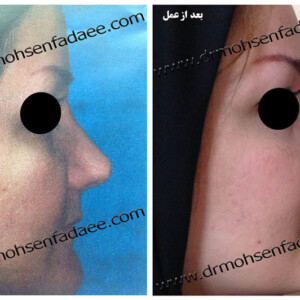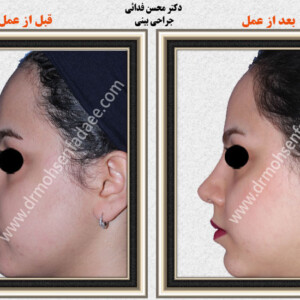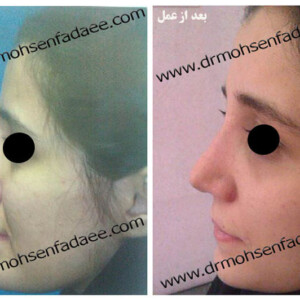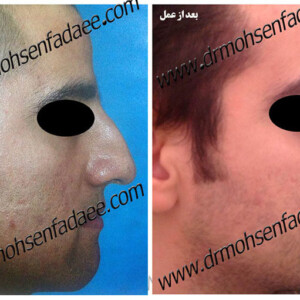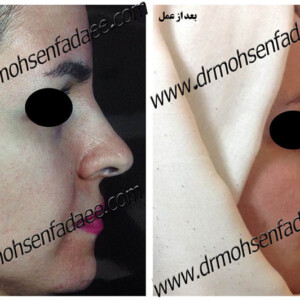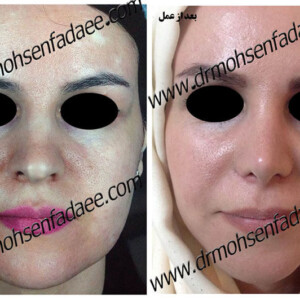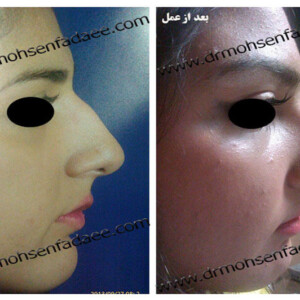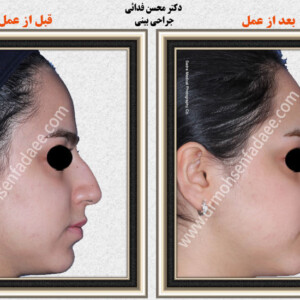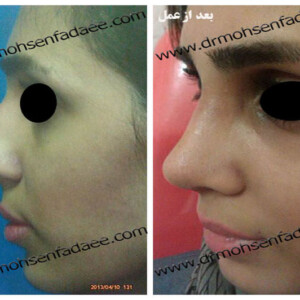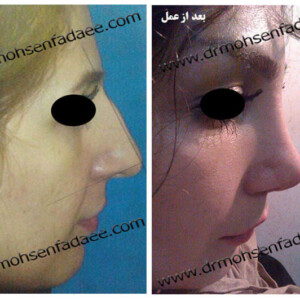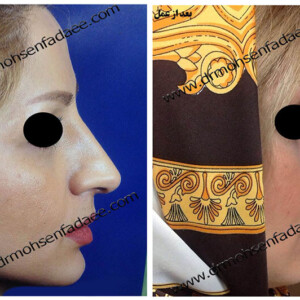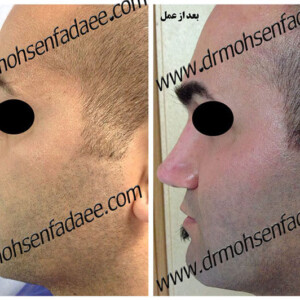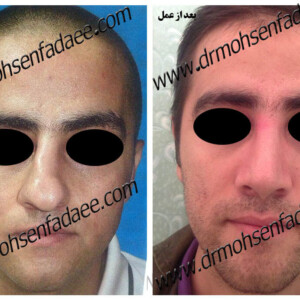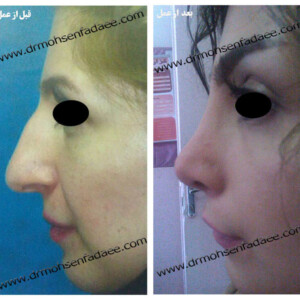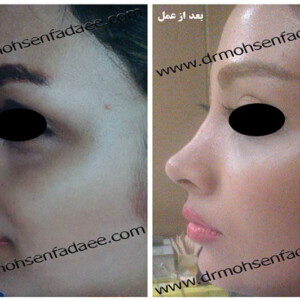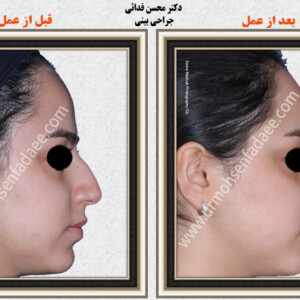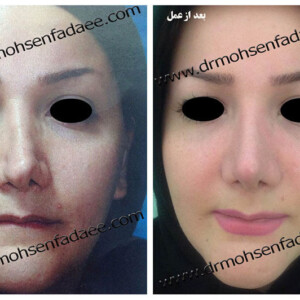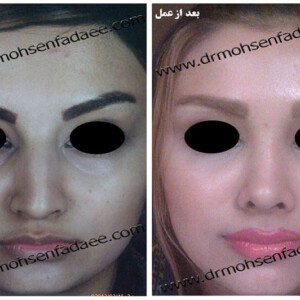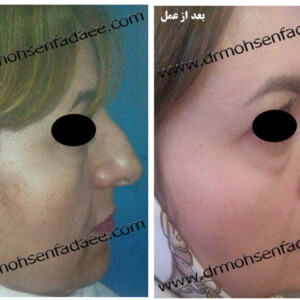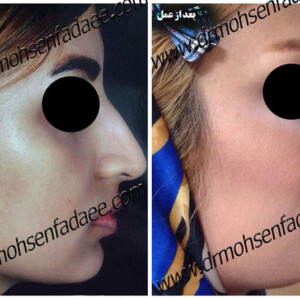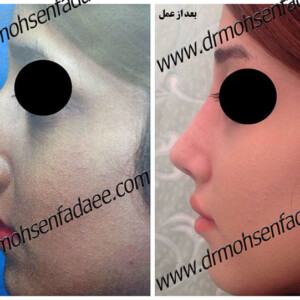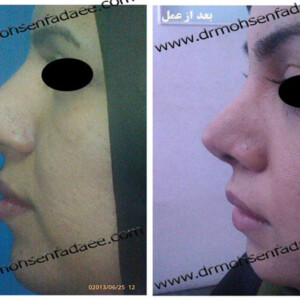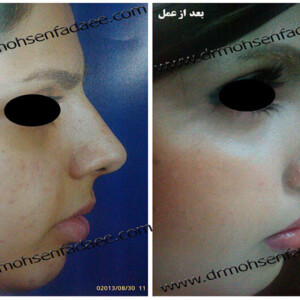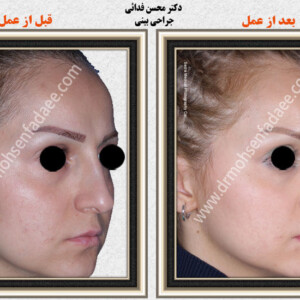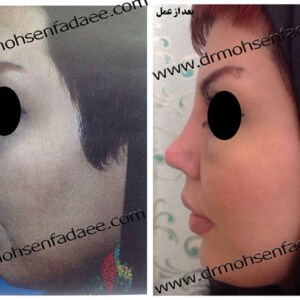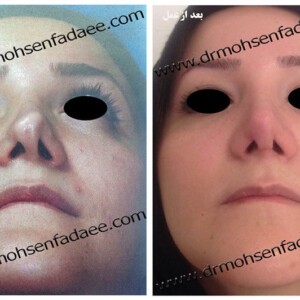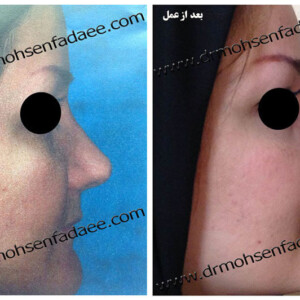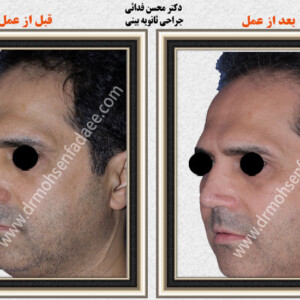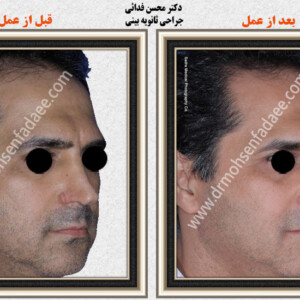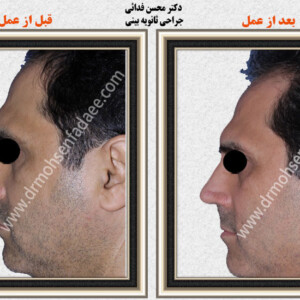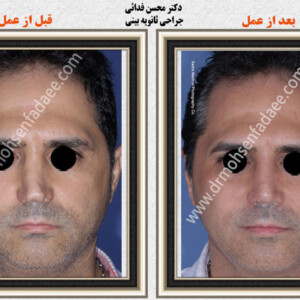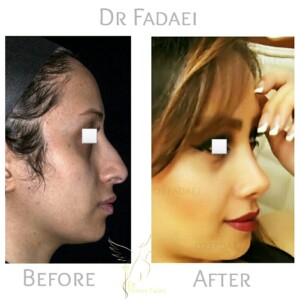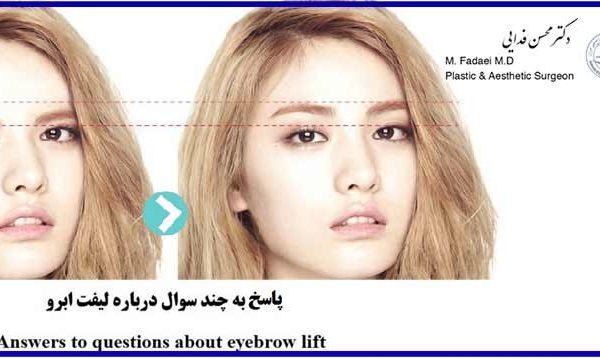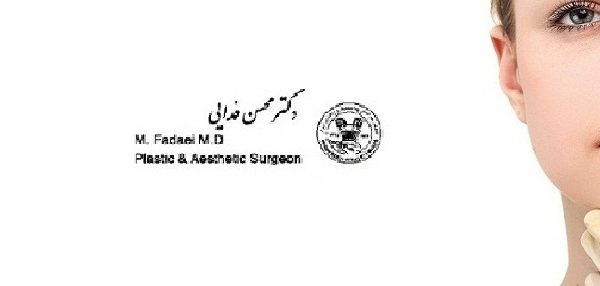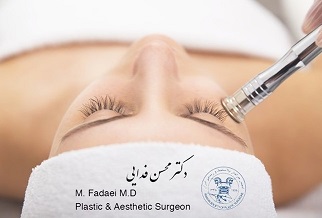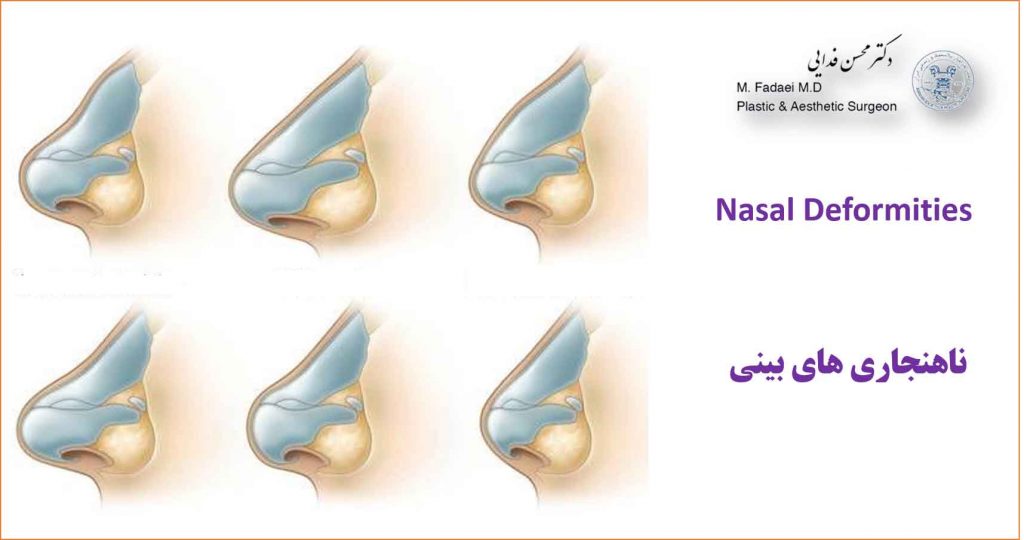

What are nasal deformities?
Nasal deformities are anomalies in the shape or function of the nose. This problem is relatively common and many of them do not cause any symptoms. However, many patients are dissatisfied with the appearance of their nose. However, in some cases, nasal deformities can make it difficult to breathe and treatment may be needed to improve function.
Is it necessary to treat all nasal deformities?
Treatment of nasal abnormalities is not necessary because it often does not life-threatening. However, the problem is that rhinoplasty improves the quality of life, improves the shape of the nose, increases self-confidence and sometimes improves nasal breathing.
Some types of nasal deformities:
- Deviated septum:
The cartilage that divides the nostrils (septum) is bent to one side.
- Enlarged adenoids:
Lymph glands at the back of the nose (adenoids) can become enlarged, blocking the airway and causing sleep apnoea.
- Swollen turbinates:
The turbinates on the side of each nostril clean and humidify air being breathed in. When swollen, they hamper breathing.
- Saddle nose:
There is a depression in part of the nasal bridge. it can be caused by a number of things, including trauma or certain diseases.
- Nasal/dorsal hump:
A hump in the nose is relatively common and is usually formed by excess bone or cartilage, depending where on the nose it occurs. Often running in families, it can also be causes by trauma.
- There are other types of congenital nasal deformities, some of which, such as a cleft palate, affect more than just the nose.
-
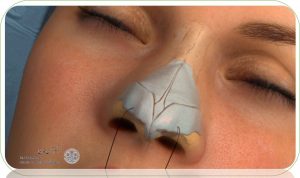
Causes of nasal deformities:
Nasal deformities can be Genetic or Acquired.
- Acquired causes
In acquired cases, the most common causes are injuries. Sports injuries, accidents, fights and in general any type of trauma can cause nasal abnormalities.
- Congenital (genetic) causes
The most common reason people go to a plastic surgeon is that they say, “My nose looks like my parents and I do not like it.” Patients sometimes do not like the shape of their nose, which can be influenced by different ethnicities.
In general, when examining the appearance of a person’s nose, it can be determined whether this problem is congenital or acquired, because facial asymmetry is very common. However, the treatment is very similar for whatever cause of nasal deformity.
Some patients are dissatisfied with the hump and protrusions of their nose, others have a sagging tip of the nose, some consider the thick skin of their nose as a reason for surgery, and some consider the wide width of the nose and large blades and …
For most people, there are things in their appearance that are annoying to them and they wish to change it!
This factor may be related to their face and smile, weight or body, etc. In fact, when different people are asked about it, more and more people prioritize correcting their appearance.
Maybe you are one of those people who do not like the look of your nose. In addition, you might have decided to have rhinoplasty to change the appearance of your nose making it smaller, larger, and narrower or whatever it is you want. Rhinoplasty is a safe surgery that can permanently change the look of your nose and give you the face you want.

If you have decided to have rhinoplasty, it is best to know the steps before surgery:
Rhinoplasty involves the following steps:
۱- Anesthesia:
Intravenous sedatives or general anesthesia are prescribed for your comfort during surgery. Your doctor can suggest the best choice for you.
۲- Incision:
Rhinoplasty is performed using closed or open approach. The difference is that if the incisions are inside the nose, the surgery is closed. However, if the incision is outside the nose (in the skin between the nostrils), the surgery is open.
۳- Reshaping the structure of the nose:
After the incision is made, the surgeon begins to reshaping the nose by removing or reducing the bone or cartilage.
۴- Correction of deviated septum:
If your septum is deviated, it can be repaired and the projection inside the nose reduced to improve breathing.
۵- Closing the Incision
After the surgeon completes the nose correction as desired, the nasal skin and tissue return to their place and the incisions are closed.
۶- The surgical result
After waiting one week, the surgeon will remove the cast and stitches so you can see the results, but the nose is still swollen so, end result will be known in a few months.
As a general rule, there are three main types of nose procedures which are used to meet specific goals.
- Septoplasty – this procedure alone can improve breathing, but it doesn’t change the nose’s appearance
- Septorhinoplasty – this procedure can improve breathing and improve the nose’s appearance
- Rhinoplasty – this procedure is aimed at changing the nose’s appearance but rarely improves breathing
Get in touch with dr.Fadaee Clinic to receive his leading professional advice.
